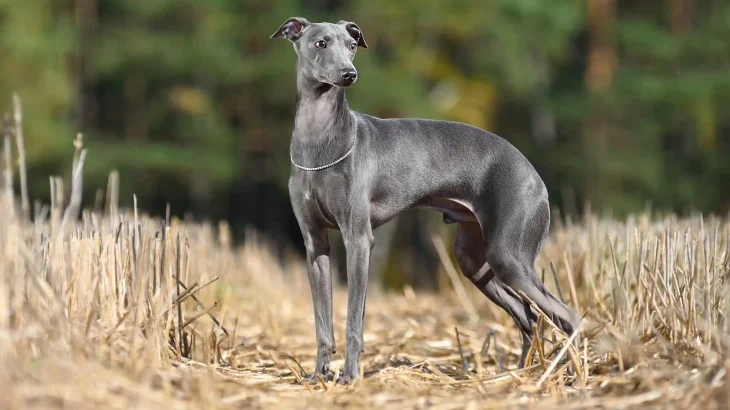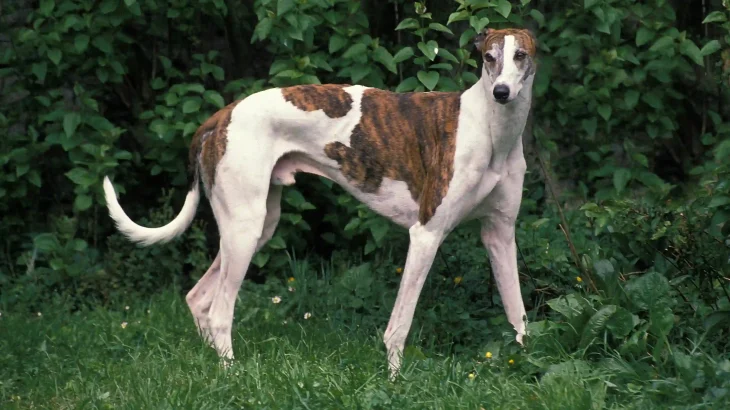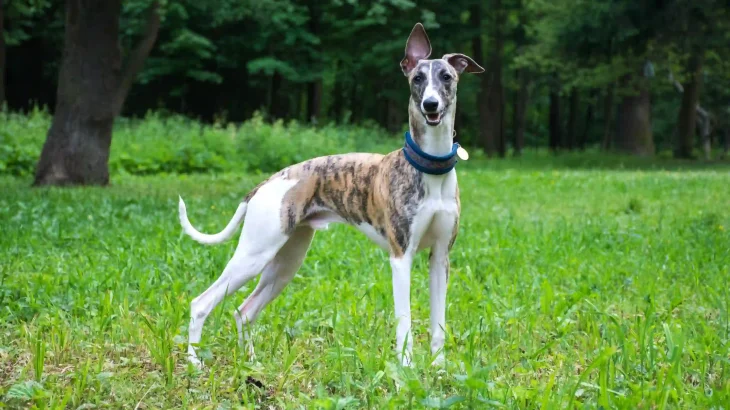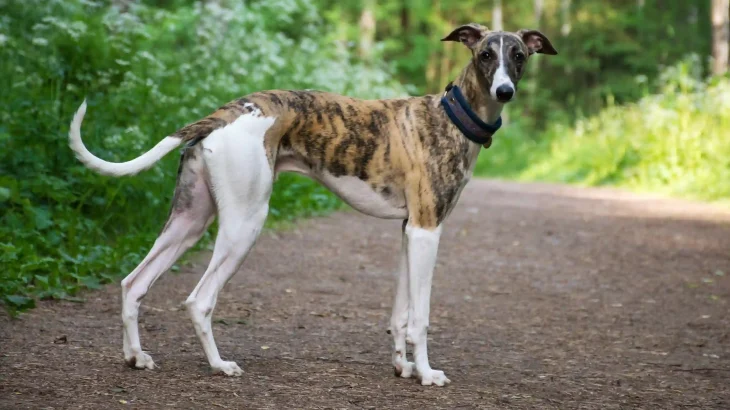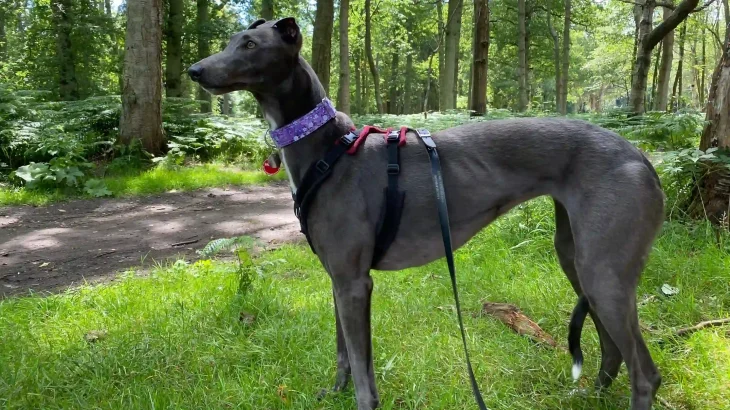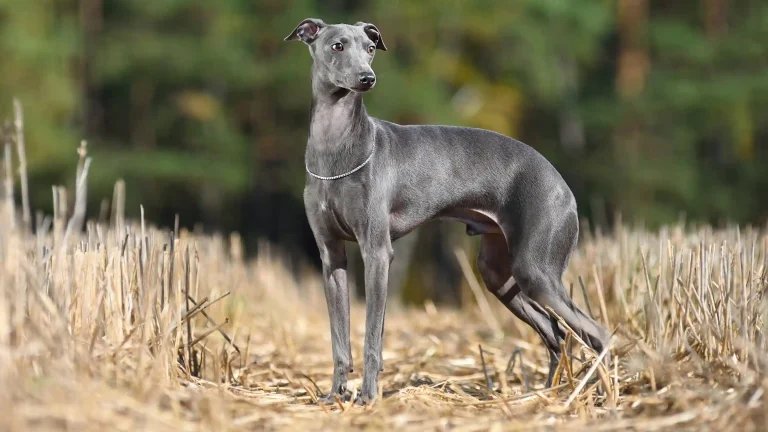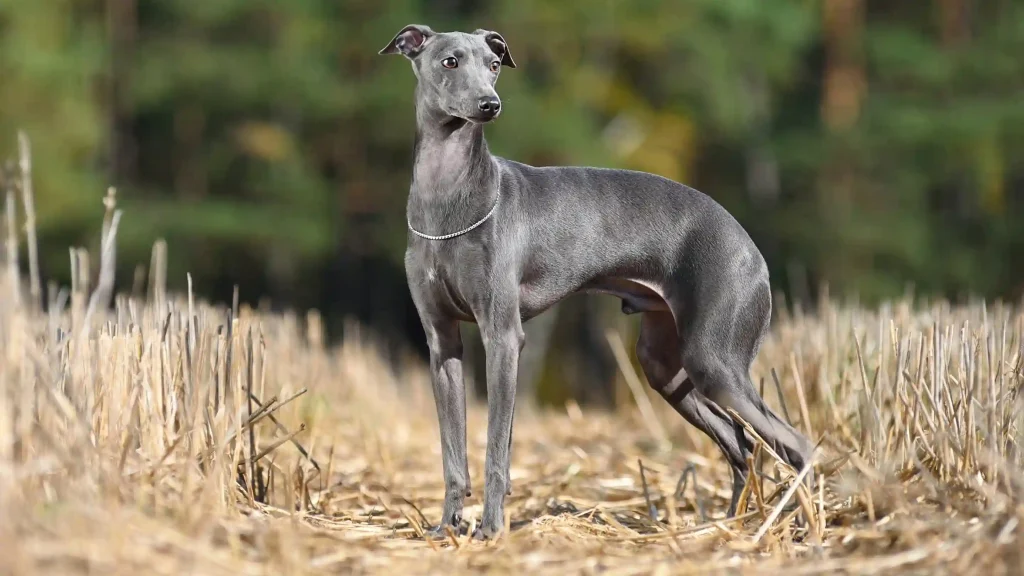Deciding between adopting or purchasing a Greyhound puppy involves weighing the benefits of giving a home to a dog in need versus securing a pup with known lineage and health information. Adoption gives you the chance to rescue a Greyhound often retired from racing, while buying from a breeder typically offers puppies with documented health and pedigree details.
Adoption vs. Breeder: Pros & Cons
| Criteria | Buying from Breeder | Adopting from Shelter/Rescue |
|---|---|---|
| Cost | Usually higher initial cost reflecting breed purity and breeder expenses. | Lower fees, often covering initial vet care; more budget-friendly. |
| Health History | Comprehensive health records and genetic testing often provided. | May have limited history, but usually includes vet checks. |
| Age Availability | Primarily puppies, allowing early bonding and training. | Mostly adults or retired racers, giving them a second chance. |
| Temperament Insight | Breeder can share lineage traits; temperament somewhat predictable. | Rescue staff often observe behavior; personality is clearer. |
| Supporting Practices | Supports ethical breeding programs focused on health and temperament. | Supports animal welfare and reduces number of dogs in need. |
| Ethical Considerations | Ensure breeder is responsible and avoids overbreeding. | Gives a home to a dog needing care, reducing shelter overcrowding. |

